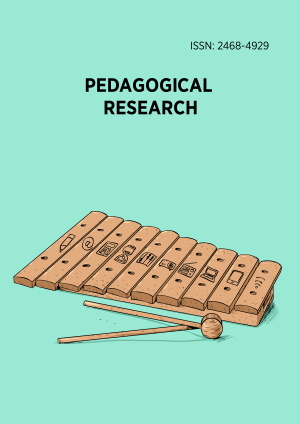Abstract
The present study, conducted from the perspective of cultural history (Certeau, 1982; Chartier, 1990; Chervel, 1990; Julia 2001)), aims to investigate guidelines for the use of teaching materials to teach fractions in the primary school, present in pedagogical manuals of the period from 1930 to 1970. The research is based in references such as Hofstetter and Schneuwly (2017) - professional knowledge; Valente (2016, 2019) - history of mathematical education; Carrillo Gallego and Sanchéz Jiménez (2012) - teaching materials. The analysis of these references revealed that the authors of the selected manuals, Campos (1933), Albuquerque (1958), and Porto (1967, 1968), excelled in working with professional knowledge to teach fractions, when using didactic materials before reaching abstraction. When providing guidelines for the use of teaching materials for the teaching of fractions, in tune with the principles of the New Renovated School, the examined manuals make use of training and teaching knowledge linked to children interests and understanding. Thus, the research concluded that in this sense, the analyses show that the transformation of knowledge to teach fractions occurs when the use of manipulative didactic materials decreases and the use of graphs, diagrams, equivalence tables arises from Scientific Pedagogy, in the field of Psychology, in the field of Psychology Experimental, as indicated by the pedagogical manuals of Irene de Albuquerque and Rizza de Araujo Porto.
License
This is an open access article distributed under the Creative Commons Attribution License which permits unrestricted use, distribution, and reproduction in any medium, provided the original work is properly cited.
Article Type: Research Article
PEDAGOGICAL RES, Volume 5, Issue 3, July 2020, Article No: em0065
https://doi.org/10.29333/pr/8221
Publication date: 30 Apr 2020
Article Views: 2116
Article Downloads: 1475
Open Access References How to cite this article
 Full Text (PDF)
Full Text (PDF)